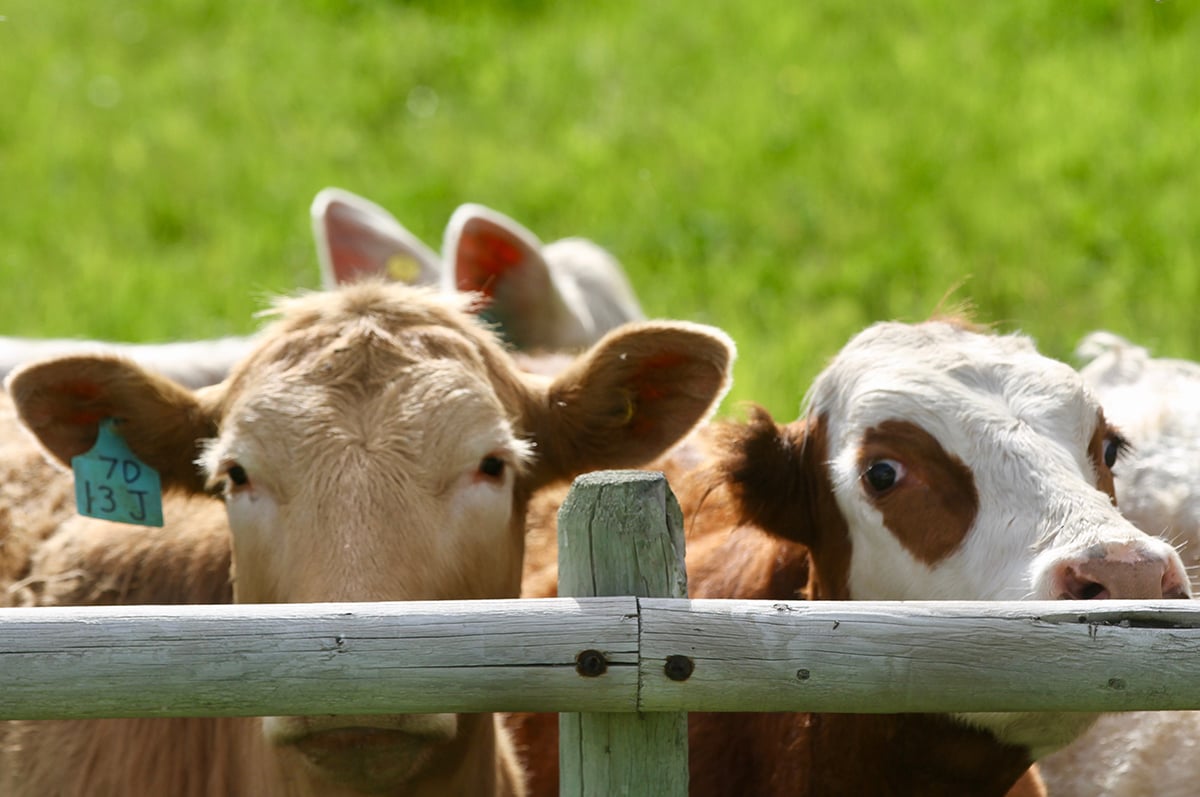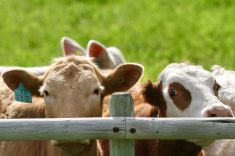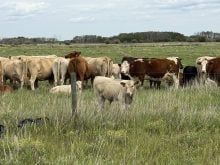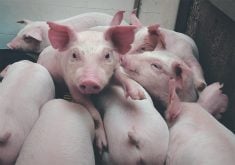A company fine-tunes genomic tests for parentage, cattle introgression and differentiation of Plains and Wood subspecies
A company working on genomic tools for bison found cattle DNA introgression of between zero and 4.5 percent in its test project.
Introgression means the transfer of genes by the repeated backcrossing of a hybrid with one of its parent species, but the general manager of NeoGen Canada cautioned that in this case that’s not the whole story.
Michelle Miller told the Canadian Bison Association annual convention that the project to fine-tune the tools is still underway. The goal is to develop genomic tests for parentage, cattle introgression and the differentiation of Plains and Wood bison subspecies.
Read Also

Feeder market consolidates at historic highs
For the week ending Sept. 6, Western Canadian feeder cattle markets were relatively unchanged compared to seven days earlier.
Researchers found no introgression in the Wood bison they tested and a small number of Plains bison also carried none. But Miller said even in those Plains bison with cattle introgression, the distribution was random.
“What that tells us is that maybe cattle introgression is a piece of the diversity that we see in the Plains population but it’s not all of it,” she said. “We’ve got a lot of diversity in our Plains population, even in this project. Cattle introgression might be a piece of that but it’s certainly not all of it.”
Overall, the significance of introgression percentage is unknown, Miller said.
“Nobody right now can tell you what does that mean for that animal, what does that mean for your operation, what does that mean biologically,” she said.
The project also found that nine bison previously identified as positive for cattle introgression under older technology still did.
“Actually they showed the most cattle introgression out of all four groups,” Miller said.
In carrying out the project, researchers narrowed down three billion base pairs of DNA to 54 million measurements of genetic variation known as SNPs. Beef cattle have about 30 million SNPs.
The SNPs were further reduced to meet the needs of the specific tools the company wants to develop. For parentage, they found 3,000 SNPs, for cattle introgression nearly 63,000 and for the subspecies differentiation they found 17,000.
“We also threw 300 cattle controls in there,” Miller said.
Those are SNPs used on cattle genome tools that they know work well.
In the end, researchers built a custom genotyping assay with just more than 83,000 SNPs on it, she said.
Then, researchers validated the genotypes of 480 bison already known to them and 461 passed the test.
“That’s really, really good for a first time custom array that’s never been run before,” said Miller.
The work shifted to reduce the number of SNPs for each objective again to make the test less expensive.
It now has about 13,000 SNPs, with some dedicated to each objective.
“For the parentage result, we had some dam-calf pairs that had been previously tested with microsatellite and our test verified them all with 0.00 percent discordance,” Miller said.
The cattle introgression test found 325 of the animals had some level of introgression while 136 had none. The score ranged from zero to 4.5 percent.
The project also developed a test to differentiate between Wood and Plains bison. It yielded results that didn’t always make sense to those who sent in samples, Miller said, as some Wood genetics appeared in American Plains bison although Wood bison genetics weren’t available commercially in the United States until the late 1990s. Miller said expanding the definition of what is considered Plains bison produced a better result within a mathematically acceptable range.
Miller said a parentage product based on Canadian bison SNPs should be available within the next year at a cost of about $25.
But further validation of the other work needs to be done to increase statistical confidence.
Ian Thorleifson of HotSun Bison in Manitoba said he wasn’t surprised that Wood genetics were found south of the border. He said bison moved everywhere from the 1950s to the 1970s as they were captured from the wild and moved into collections.
There is every possibility that Wood genetics were introduced, he said.
He also questioned why bison show more diversity than cattle even though the bison population dropped so low at one time.
“I don’t know why,” Miller said. “What that diversity must have done when the Plains bison bottlenecked was basically allow them to come back.”
Another producer asked why, given the diversity NeoGen found, American experts suggest there is a crisis around lack of diversity.
Miller said they are probably keeping the topic on the table so diversity isn’t lost. Beef herds, for example, can lose diversity quickly through manipulated breeding plans.
Consumers must be told that active hybridization is not being done.
Alberta producer Stewart Staudinger said mathematically introgression would have happened five generations ago but that isn’t possible. It had to have happened 15 or 20 generations ago.
“This is not a modern thing, with very, very few exceptions,” he said.
















